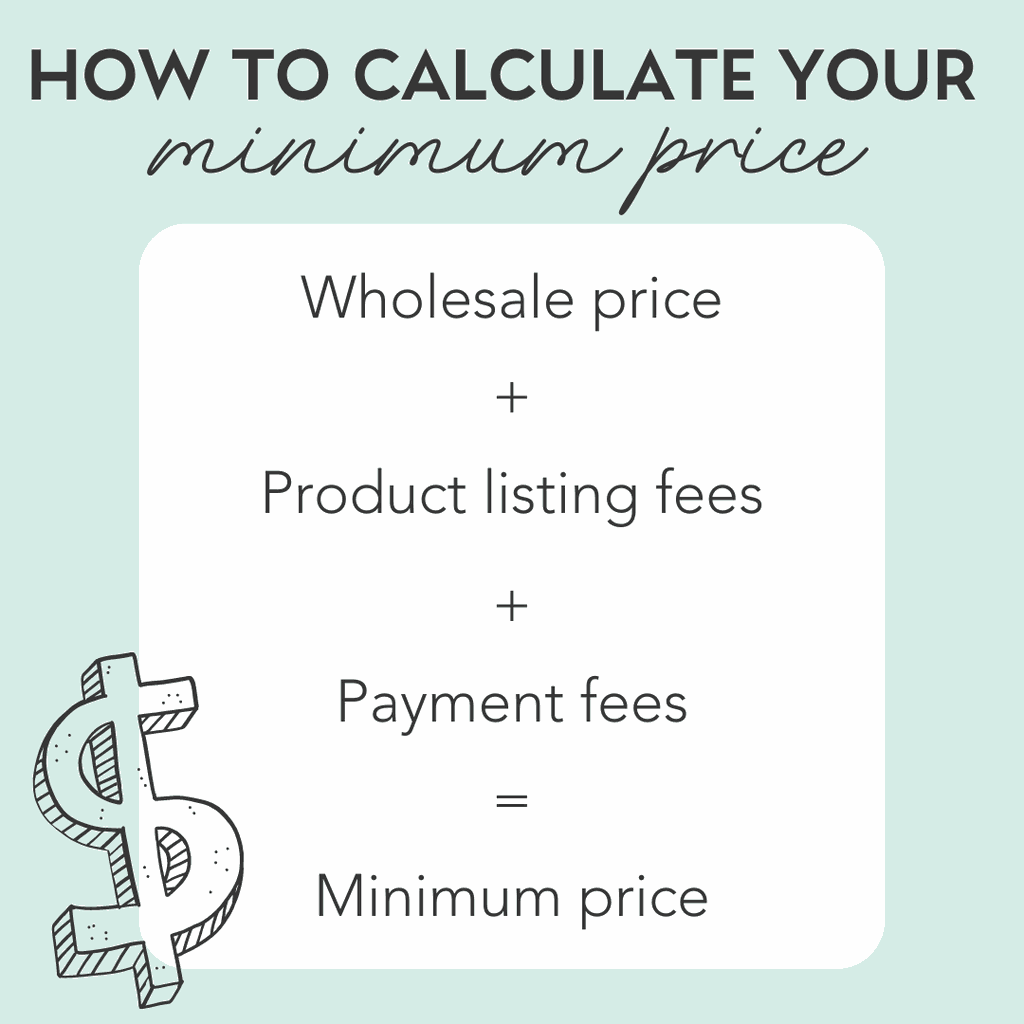Pricing products is one of the biggest challenges retailers face. Too high, and you risk deterring prospective customers. Too low, and you could lose profit. So how do you find the perfect balance?
Psychology of pricing
In “Priceless: The Myth of Fair Value,” William Poundstone argues that consumers do not know how much things should cost. This is good news, because it means it’s up to you, the retailer, to pitch a price that makes consumers feel like they’re getting a deal.
Determine your starting price
First, calculate the minimum price you must charge to avoid taking a loss. Your cost should factor in the wholesale price of the product, product listing fees, and payment processing fees. For more information on the fees associated with selling on Etsy and Shopify, check out our article here.
Determine your profit margin
Once you calculate your minimum price, it's time to determine your profit margin. How much money are you looking to make off each sale? For example, a mug seller who profits $3 on each product and sells 1000 units monthly will profit $3,000. On the other hand, a designer who profits $10 on each mug but only sells 100 per month will profit $1,000.
According to Salehoo market research lab, a 10% net profit margin is considered average, a 20% margin is considered good, and a 30% margin is considered high.
look at market competitors
To determine a fair price for your product, shop around to see what others are charging for similar products. Search for your brand's keywords on both Google and Etsy and take note of competitors' prices and offerings.
If the competitions' average price is lower than you can go:
Ask yourself: "What value can I add to my product to justify a higher price point?" Could you offer customization or share a meaningful story about the "Why" behind your brand?
Try designing more unique products with higher profit margins. For example, Printed Mint offers a large assortment of candles, pillow cases, mugs, and other lucrative products. Shoppers are willing to pay more for products they can't get from other providers.
offer free shipping
Even if you do not receive "free shipping" from your print on demand provider, you can still offer this perk to your customer. Simply factor the flat rate shipping cost into your price.
Even though your product will appear to cost more initially, free shipping will still entice your customers. David Bell, a Wharton marketing professor, told CNET that free shipping that saves the customer $7 is more likely to result in sales than a $10 discount on the same item.
“Consumers like free shipping offers, perhaps because it makes the online retail transaction more comparable with that at the neighborhood store,” Bell said.
Test out different pricing
There's no shame in a good, old fashioned pricing experiment! Try adjusting the prices of similar products in your store to determine what sells best.
You can also mark up products and put them on sale to see how customers respond. Shopify reports that original prices can be used "as an anchor to make customers feel like they’ve actually saved money on an item. For eCommerce shops, the [original price] might be crossed out with the new price next to it, a similar signal of savings."

